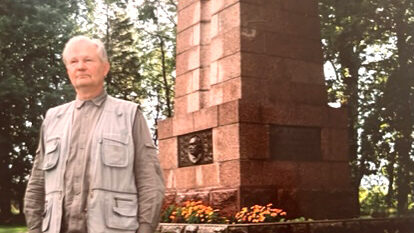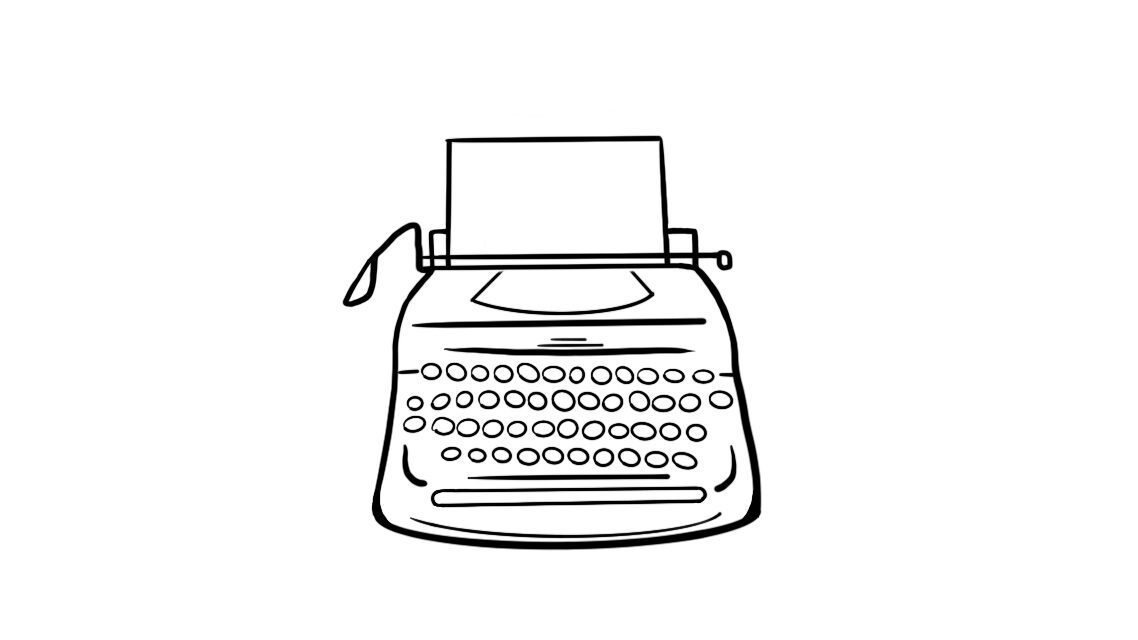4. Morale. Depression dominates Estonians throughout the country as people feel under constant pressure. The only way to alleviate this is a new war. Whoever survives a nuclear war will be free from Communism. People are perplexed as to why the West is delaying this. If the current situation lasts for much longer the Estonian potential will be lost.
5. Psychological resistance. It has weakened because: many have been arrested and deported, decreasing an important segment of Estonian society; delay in freeing Estonia causes despair and a feeling of being abandoned; some have become communists, but this causes little concern since only a few show a permanent commitment.
6. Practical resistance. This is seen in many ways: stopages in industry and trade, goods supplied late, pilferage, administrative confusion, non-cooperation in collective farms resulting in late crops and economic disruption. During the 1950-1951winter, large quantities of potatoes remained unharvested, grain stacks remained uncovered in fields, etc. This was widespread, not planned sabotage, but sulleness due to lack of personal commitment and hatred of the regime. Soviet authorities and local bosses seem to be helpless in reversing these trends.
7. Communist Holiday Demonstration. May Day and other Communist parade attendance has increased the last few years. Although most arrive late, all workers must report at various assembly points early in the day to be checked in. Fromerly there was no scrutiny, but now, fearing punishment, more obey the order. Marching starts when pictures of prominent comunists, banners, slogans have been distributed. Since May of 1950, pictures of high-ranking Estonian officials have disappeared, replaced by pictures of Polish, Bulgarian, Chinese, etc. personalities. (This due to Estonian purges. Ed.)
8. In Tallinn the May Day parade passes the reviewing stand at Freedom Square (not yet named Victory Square by the communists). At assembly points and along the route many marchers ‘get lost' so that the ranks become thinner as they arrive at Freedom Square. The spectator ranks constantly increase by the marchers who sneak out of the parade. People with banners and slogans have a tougher time abandoning the parade. It's said that it's only the ignorant who take anything to be carried. Often it's a request from somone whose shoe laces have to be tied and requests that his banner be held by another. He's sure to disappear.
9. Inebriated marchers are everywhere. Marchers drink in the parade and some ‘pass out'. Estonians usually pass by the reviewing stand quietly, but Russians, accompanied by accordianists are known to be very loud and boisterous. When the obligatory marching has eneded there is a rush to get home so that a free day from work isn't wasted.
10. Buidling of the reviewing stand is started a few days before the event and armed MVD guards are posted early, stationed there night and day. No one is alowed to linger and people are told to move along. No less than three sentries are stationed to guard the stand.
The above description of a typical May Day offcial routine has obviously not been found in the local Soviet press. Many of the observations are unsymphatetic in tone. Most likely it was accredited US diplomatic personnel from their Moscow embassy who were allowed, even invited, to view the activites on a national holiday. While in Tallinn they were able to get personal opinions and bits of insider detail from local Estonians. This was risky for the locals, because contact with foreign officials was strictly discouraged.
This leads to an interseting question. Canadian and US diplomats, during the Cold War years, told Estonian, Latvian and Lithuanian activists, that they avoided visiting the occupied Baltic states in an official capacity. This would have been in contravention of the generally accepted Western policy of the non-recognition de jure of the illegal annexation of the Baltic states.
To get around this, it was made clear to Soviet officials that the visits would be in a non-official capacity such as a brief holiday. Intelligence gathering at one time was all ‘humint', not assisted by satellites, electronic intercepts, computer enhanced techniques etc.
Laas Leivat




